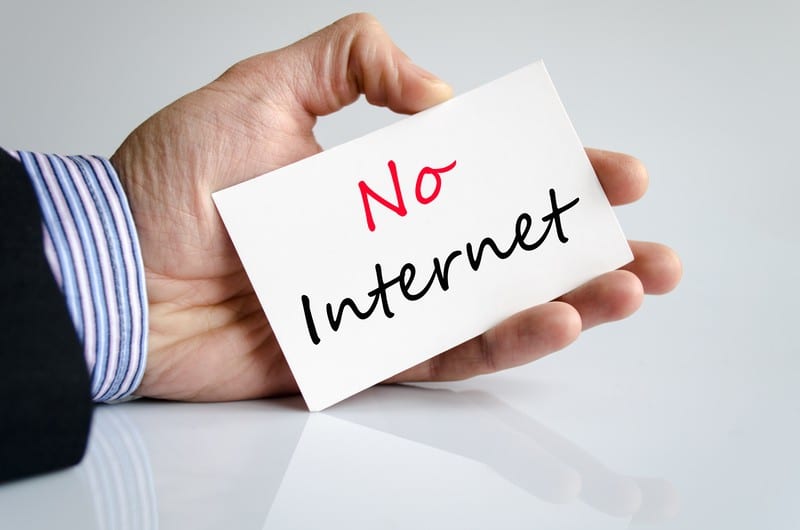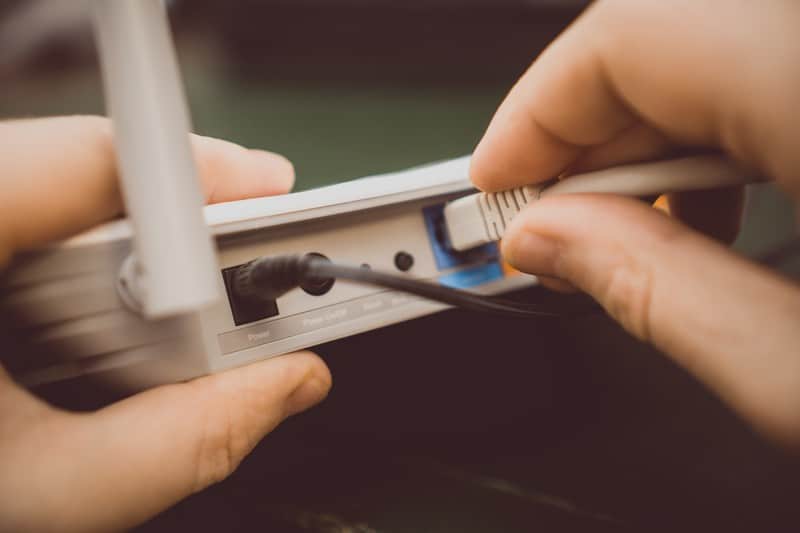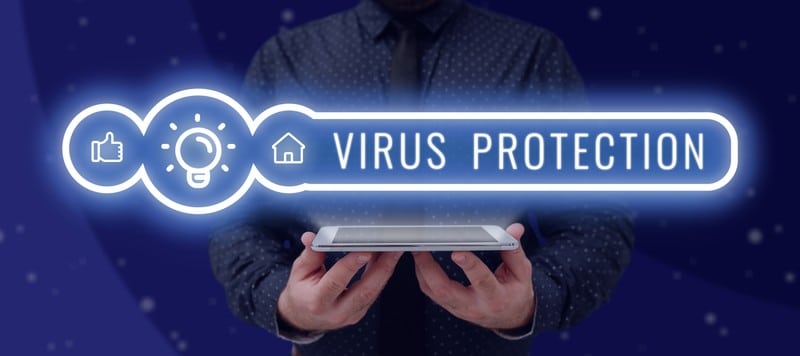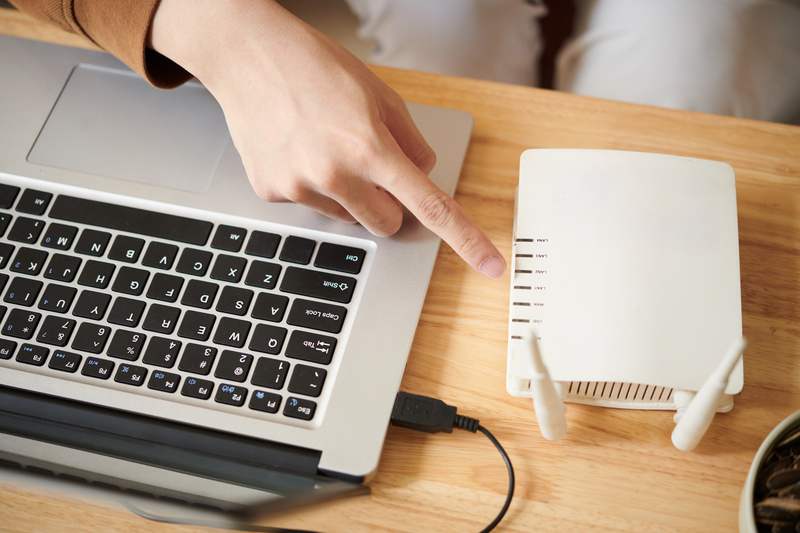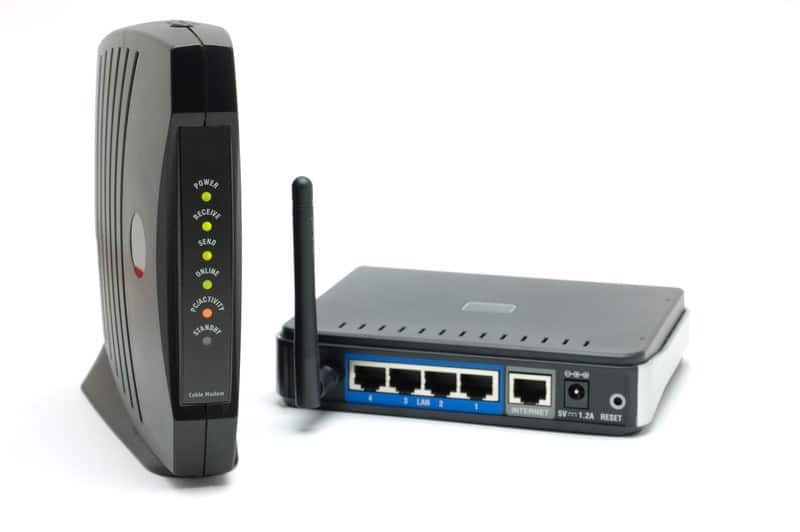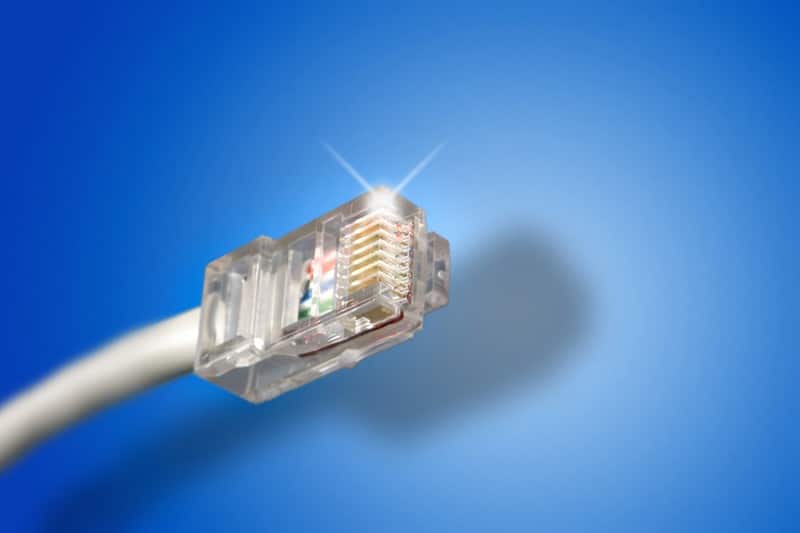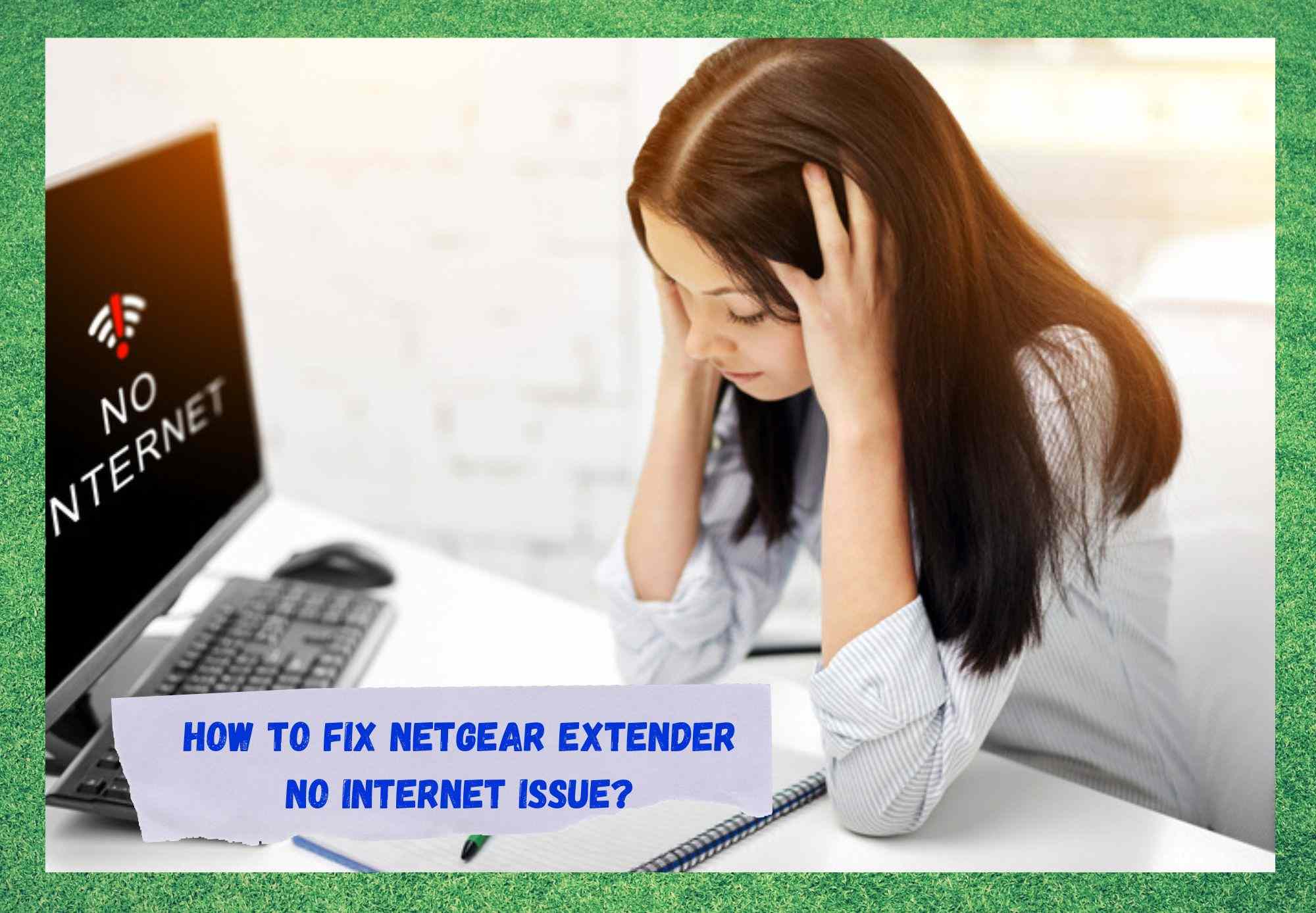
Everyone wants fast and stable internet connections in their homes and offices, but most of us don’t know how to set them up all that well.
Though you might have the latest modem or the newest technology in routers, if the signal that your device is receiving is not strong and stable, the internet connection will definitely suffer.
Other aspects such as distance, obstacles, inefficient settings, and even some others can also cause the connection to struggle.
Coverage also seems to be one of the arch enemies of fast and stable internet connections. Even the latest router cannot deliver signals throughout the whole building with uniform strength and stability. And that is where extenders come in.
Extenders, as the name suggests, bring the signal transmission further than the router’s reach, which means you can minimalize the dead areas in your house or office. Netgear, the network equipment manufacturer, designs extenders that meet the latest specs in the market.
Besides the renowned quality standards, the company has been putting a lot of time and money into perfecting its network gear and delivering customers the ultimate internet experience.
How To Fix Netgear Extender No Internet Issue?
Before we get to the easy solutions for whatever problem you may be experiencing when attempting to install and configure your Netgear extender, let’s get to the most possible reason why that is not happening.
According to Netgear users, there are a few problems that lead to their extenders not transmitting the internet signal. Whether for not properly receiving it, or even for a faulty transmission aspect, the path of the signal seems to just be jammed.
So, in case you are also having problems with the internet connection with your Netgear extender, check the solutions below and get it out of the way once and for all.
1. Check If The Router Is Working
The first and most common cause for an extender not to deliver its top performance in terms of signal transmission is a faulty router. If you have a malfunctioning router, no matter how well installed and configured your extender might be, the signal transmission will definitely be affected.
This is because the extender works as a second transmitter of the internet signal. It cannot improve the quality of the signal it receives, it just simply sends it along.
Imagine a bigger river that is fed by its tributaries. If the smaller rivers dry out, the water level of the main river simply will not rise. That same logic applies to routers and extenders. So, make sure your router is properly working and distributing strong and stable internet signals.
Some of the easiest fixes for routers involve restarting the device, updating the firmware, or tweaking the settings. Be careful, though, when attempting to update the software version of your router. Don’t look for updates from unofficial sources.
Stick to the official manufacturer’s webpage as their files are safer and will definitely not cause any harm to the device’s system. Also, when tweaking the settings, look for professional help as they are accustomed to all sorts of problems and will be able to help you out with effective solutions.
2. Make Sure The Extender Is In Good Condition
Other aspects that can affect the quality of internet connections are overfilled caches and malware infections. When it comes to extenders, the same thing applies.
So, make sure your extender is in prime condition and not affected by these connection-breaking aspects. That way, you can ensure the extender’s part is being done as it should.
The cache, if you are not aware, is a storage unit for temporary files that help modems, routers and extenders perform faster connections with devices and networks. However, once they become obsolete or are no longer necessary, there is no auto-cleaning feature on any of these devices.
This means you will have to manually clear the cache. Thankfully, the procedure is quite simple and can be done through the device settings. So, go to the extender management app and locate the cache to give it the clearing command.
Additionally, the navigation history of all the connected devices should be erased too. Those are just more files that are piling up on the device’s memory and causing it to work slower.
Still, keep an active eye out for malware that may be affecting the device’s performance. There is a large number of malware types that can affect the quality of internet connections or signal distribution.
So, make sure to run an antivirus or anti-malware check every now and then to search the extender’s system for malicious files.
3. Don’t Install The Extender Too Far From The Router
Similar to connections performed between devices and routers, the distance from the extender to the source of the signal also has to be taken into account.
That is to say, if the connected device is too far from the router, the speed and stability of the internet signal should not be the same as if they were closer.
With extenders, it is no different, as they rely on the strength and stability of the signal emitted by the router to distribute it throughout the coverage area.
So, it may be a bad idea to install your extender too far from the router that is sending the signal to it. Check the specifications of your router to see how far the extender can reach without affecting the quality of the internet signal transmission.
Additionally, mind the very common house features that may interfere with the transmission of the signal from the router to the extender. Most people don’t know that concrete and metal walls or electromagnetic equipment act as obstacles to the path of the signal.
So, choose the positions of your router and Netgear extender wisely in order to prevent any sort of hindrance to signal transmission.
4. Mind The Distance Between The Router And The Modem
Many users have an internet set-up that is comprised of a combo modem and router. This is because the dedicated modem is more efficient in decoding the signal that comes from the provider than the in-build modems present in most modern routers.
As the combo delivers an overall higher performance, most users opt for it instead of having just a router.
However strong the combo modem-router may be, there is still the matter of the distance between the components. The same problem mentioned in the third topic can occur if the router is installed too far from the modem.
So, keep that in mind and make sure the router is not too far from the modem, so it can receive a strong and fast signal to transmit over to the Netgear extender.
5. Try Using Ethernet Connections
In case none of the solutions above proves effective at fixing the internet connection problem you are having with your Netgear extender, try connecting your devices using an Ethernet cable.
Although most people prefer the wireless setup to the Ethernet, as the first doesn’t involve running cables through walls or nailing cable clips. However, when it comes to stability, Ethernet connections deliver higher levels of performance.
So, if the internet connection problem remains with your Netgear extender, try connecting it to the router through an Ethernet cable.
6. Give The Set-Up Some Time To Breathe
If you never heard of power-cycling network devices, the procedure is quite similar to a rebooting and the outcome is also alike. The idea behind both is to give the devices some time to breathe and deal with possible internal configuration or compatibility issues.
Also, by the end of the procedure, the devices redo the whole connection and troubleshoot it. So, unplug all the network devices you have (modems, routers, extenders, etc.) from each other and then from the power outlet.
Give them a few minutes each to breathe and go through the booting protocols and that should fix whatever problem they may be experiencing.
